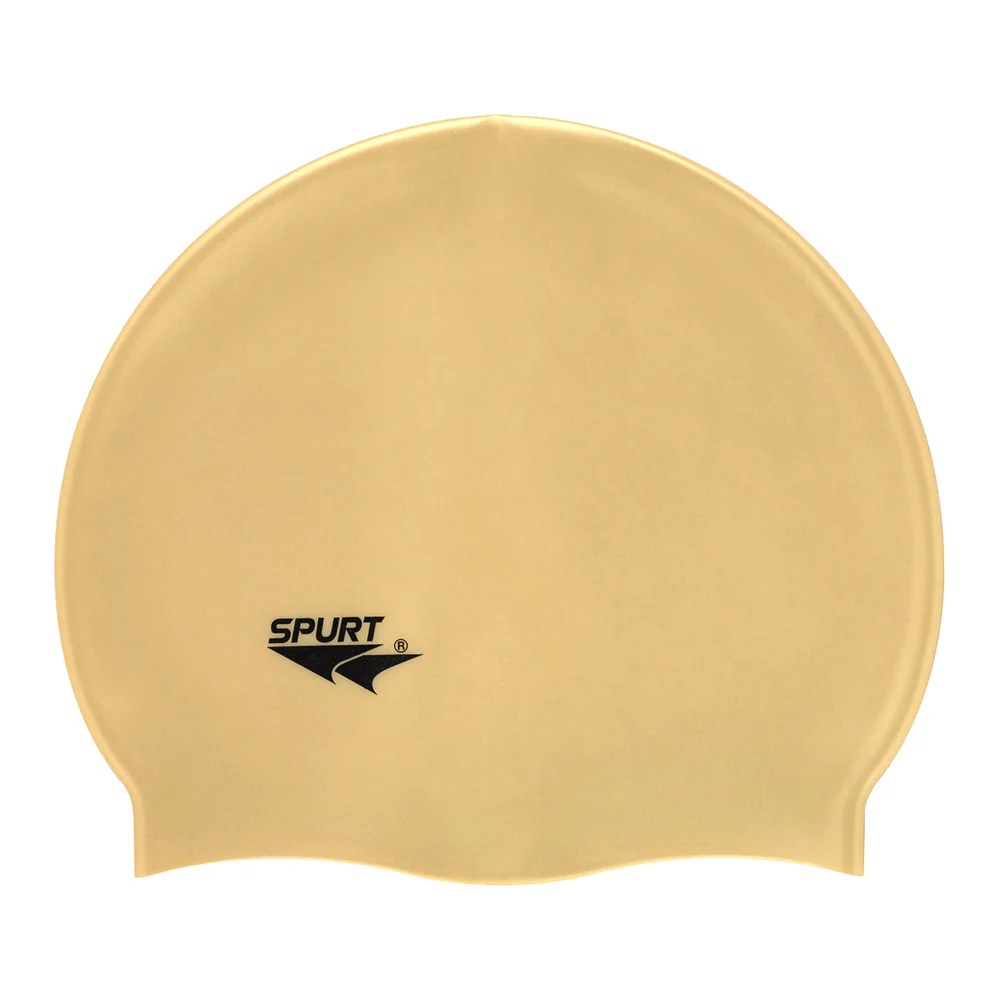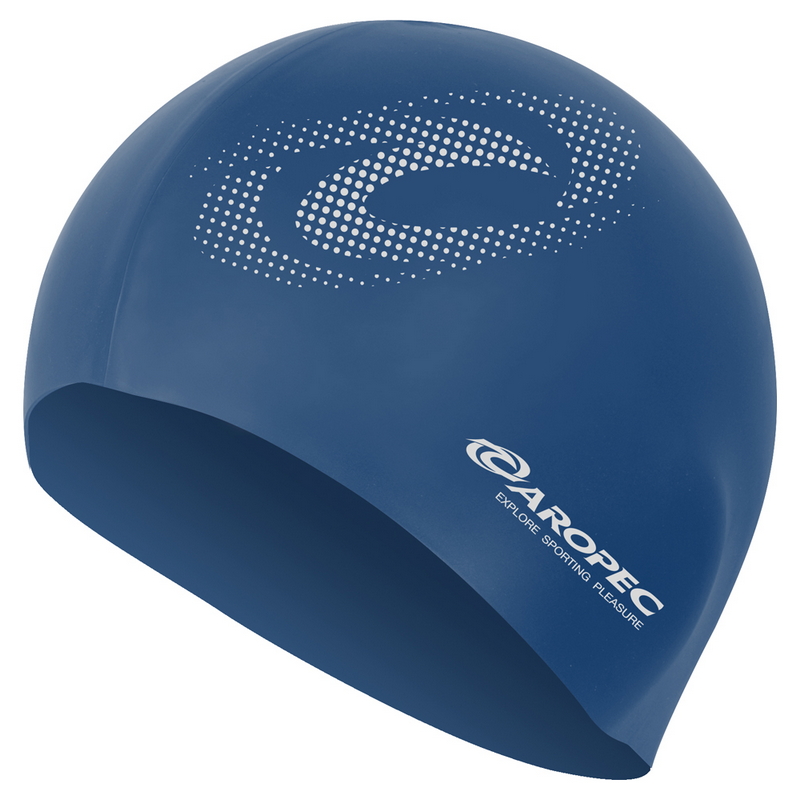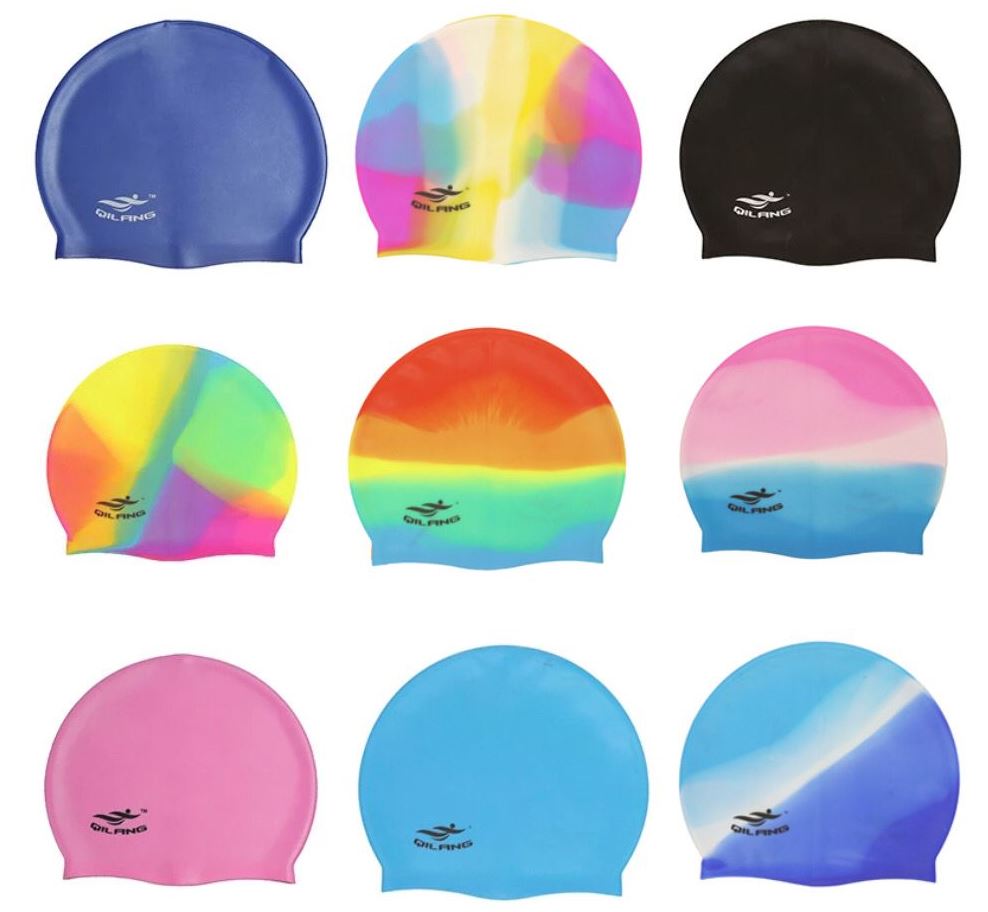Swimming caps, initially created to protect swimmers’ hair from chlorine and keep it out of their faces, have undergone significant evolution since their inception. Originating from the early 1900s, these caps were made from materials such as rubber, which, although effective in keeping hair dry, were often tight and uncomfortable. Over the decades, advancements in materials and design have resulted in swimming caps becoming an essential accessory for recreational and competitive swimmers alike. Today, they are crafted from an array of materials, each serving a unique purpose—from silicone for durability to latex for its lighter weight and Lycra for comfort. This evolution mirrors the broader trends in swimwear, emphasizing performance, comfort, and style.
Material Science and Types
The choice of material in swimming caps significantly impacts their functionality. Silicone swimming caps are known for their durability and resistance to chlorine, making them a popular choice among regular swimmers. Latex caps, while slightly less durable, offer a tighter fit and greater flexibility, which can provide a competitive edge by reducing drag in the water. Lycra or spandex caps, though not waterproof, are the most comfortable and least damaging to hair, ideal for swimmers with longer hair or those sensitive to the other materials. The development and refinement of these materials underscore the industry’s commitment to innovation, continually enhancing the swimming experience for users.

Purpose and Benefits
Swimming caps serve multiple purposes beyond just keeping hair dry. They reduce drag, allowing swimmers to move more swiftly through the water—a crucial factor in competitive swimming. Caps also contribute to swimmer hygiene, preventing loose hairs from clogging pool filters and maintaining the cleanliness of swimming facilities. For swimmers with long hair, caps offer a practical solution for managing hair, keeping it securely tucked away during swimming activities. Additionally, specialized caps designed for open water swimming can include thermal properties or bright colors for visibility and safety. These multifaceted benefits highlight the cap’s essential role in both recreational and competitive swimming domains.
Integrating Swimming Caps into Swimwear
Fashion and Design Innovations
Swimming caps are not just functional; they have also become a fashion statement in the swimming world. Recent years have seen a surge in designs that blend style with functionality, featuring vibrant colors, patterns, and even customizable options that allow swimmers to express their personalities. Collaborations between swimwear brands and fashion designers have led to limited edition caps, elevating them to a fashion accessory. This trend towards stylish swim caps has helped in promoting the sport, encouraging more people to take up swimming while allowing them to maintain a sense of individuality through their swimwear choices.

Customization for Teams and Competitions
Customized swimming caps have gained popularity, especially among competitive swim teams and clubs. These caps, often featuring the team’s colors, logo, or swimmers’ names, foster a sense of unity and team spirit. They also serve as a form of identification during competitions, making it easier for spectators and officials to recognize individual swimmers. The process of customization, facilitated by advanced printing technologies, can accommodate intricate designs without compromising the cap’s material integrity or performance features. Through these personalized touches, swimming caps play a crucial role in the branding and identity of swimming teams.
Technological Advancements
The integration of technology into swimming caps, particularly for competitive swimmers, emphasizes the continuous search for performance enhancements. Advances in material science have led to the development of caps that mimic the skin of sharks, known for their low drag in water. Some high-tech caps also integrate sensors that monitor a swimmer’s vitals or technique, providing valuable data that can be used to improve performance. These technological advancements reinforce the swimming cap’s significance not only as a protective gear but also as an essential tool in the athlete’s arsenal, paving the way for future innovations that could further revolutionize swimming dynamics.

Future Directions and Sustainability
Eco-Friendly Materials and Practices
As environmental awareness increases, the demand for eco-friendly swimming caps made from biodegradable or recycled materials is rising. Manufacturers are exploring alternatives to traditional petroleum-based rubbers, such as natural rubber or plant-based polymers, which offer similar performance characteristics without harming the environment. Additionally, sustainable production practices, including the reduction of waste and energy consumption during manufacturing, are becoming more prevalent. These shifts towards sustainability reflect a broader industry trend toward more environmentally responsible sports equipment, aligning with consumers’ growing preference for eco-conscious products.
Inclusion and Accessibility
The inclusive design of swimming caps, catering to diverse user needs, is an area ripe for development. This includes caps designed for swimmers with voluminous hair types, such as afros or dreadlocks, which traditional caps often cannot accommodate comfortably. The introduction of larger, specially shaped caps has begun to address this need, promoting inclusivity within the swimming community. Additionally, efforts to make swimming more accessible to individuals with disabilities may inspire further design innovations, ensuring everyone has the opportunity to enjoy swimming without limitations imposed by unsuitable equipment. By prioritizing inclusion and accessibility, the future of swimming cap design will likely see a greater variety of sizes and shapes, making the benefits of swimming available to a broader audience.
![]()
Promoting Health and Wellness
The future role of swimming caps may extend into health and wellness, with potential features aimed at protecting swimmers in various ways. Innovations could include caps with built-in sun protection to guard against harmful UV rays during outdoor swimming activities, or materials that are hypoallergenic to prevent skin irritations for those with sensitivities. Features such as these would contribute to the overall well-being of swimmers by providing additional health benefits and allowing individuals to focus on their swimming experience with peace of mind. As swimming is a highly beneficial form of exercise, swimming caps that promote health and wellness can further encourage participation and longevity in the sport.
Challenges and Solutions in Production and Disposal
The rise in swimming cap usage presents challenges in production and disposal, particularly concerning the environmental impact of non-biodegradable materials. The industry faces the task of devising innovative solutions that balance performance with eco-friendliness. Strategies could include the development of new materials that maintain elasticity and durability while being easier to recycle, or the creation of take-back programs where old caps can be repurposed or properly disposed of. Implementing such solutions will require cooperation among manufacturers, governing bodies, and consumers. A shift in consumer behavior toward more sustainable options also plays a critical role in driving demand for green alternatives and encouraging industry-wide change.

Conclusion
The Evolution of Swimming Caps
As an integral part of swimwear, swimming caps have come a long way from their rudimentary beginnings. They now stand at the intersection of fashion, functionality, and technological innovation. Having navigated through the history of swimwear and adapted to the changing demands of swimmers, swimming caps have become a testament to the possibilities of combining practicality with style. As materials and designs continue to advance, swimming caps will remain an essential yet adaptable part of the swimmer’s kit.





